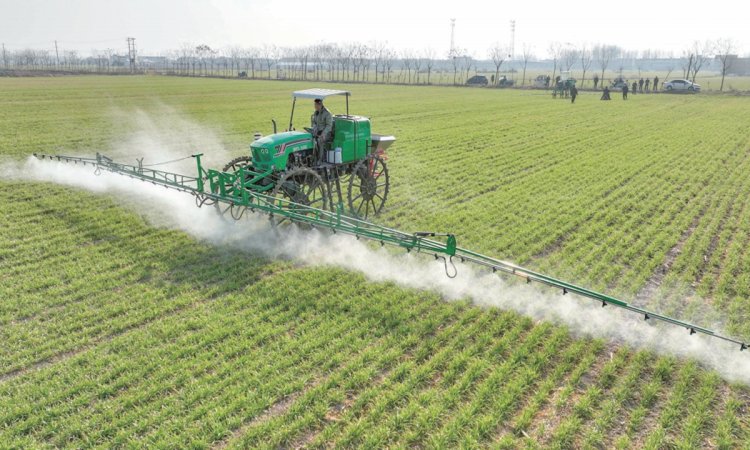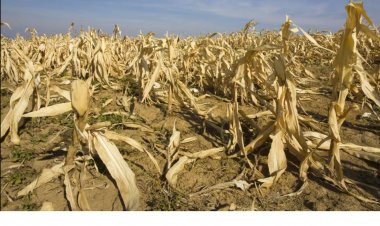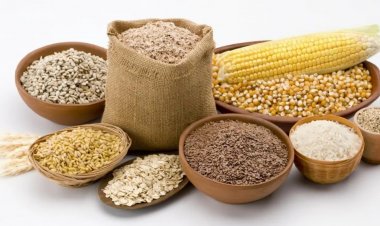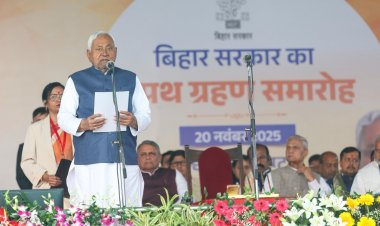To Boost Agricultural Exports Russia Aims to Expand Arable Land
In an effort to strengthen its position as a global agricultural powerhouse and to boost exports, Russia plans to bring millions of hectares of unused farmland back into production over the coming years. In October 2023, Russia and China signed a landmark 12-year agreement for the supply of 70 million tonnes of grain, legumes, and oilseeds to China, valued at $25.8 billion.

In an effort to strengthen its position as a global agricultural powerhouse and to boost exports, Russia plans to bring millions of hectares of unused farmland back into production over the coming years. However, this ambitious initiative will require substantial investment from both the state and private sector, with profitability still in question, as highlighted by World Grain in its latest issue.
In October 2023, Russia and China signed a landmark 12-year agreement for the supply of 70 million tonnes of grain, legumes, and oilseeds to China, valued at $25.8 billion. This deal, the largest in the history of food trade between the two nations, is part of the New Land Grain Corridor (NLGC), a logistics hub currently under construction in Russia's Far East, Ural Mountains, and Siberia. This agreement underscores Russia’s growing ambitions in the agricultural sector.
According to World Grain, in 2024, the Russian Agricultural Ministry completed studies on the potential of agricultural land in 36 regions, covering roughly half of the country. The findings revealed 13 million hectares of abandoned land, with 5.1 million hectares deemed suitable for immediate cultivation.
The ministry aims to complete the assessment of the remaining regions by 2025, highlighting the significant potential for expanding agricultural output. To encourage development, special incentives will be offered to investors this year, with a simplified land acquisition process for unused plots.
In addition to incentives, the government is seeking regulatory changes to accelerate the process. Alexander Dvoynykh, chairman of the Federation Council Committee on Agrarian Policy, has advocated for lifting the moratorium on agricultural land inspections, enabling authorities to identify idle land and transfer it from inactive farmers to those willing to cultivate it.
In 2024, the Russian government plans to allocate 40.7 billion rubles ($470 million) to restore abandoned farmland. The authorities are also eyeing the Arctic zone, where climate change and melting permafrost have created new opportunities for cultivation.
However, experts remain cautious about the economic feasibility of the plan. They say that while reviving land left unused for a few years may be cost-effective, reclaiming plots abandoned for 10 to 20 years would involve significant costs for tree removal, drainage, and land improvement, making it less economically viable.
Despite these challenges, Russia’s bold agricultural expansion efforts are poised to reshape its domestic and global agricultural landscape, even as questions linger about the long-term profitability of reactivating neglected land.



 Join the RuralVoice whatsapp group
Join the RuralVoice whatsapp group






































